Over 30 Years Experience in 10 minutes
Episode 6: Landscaping
Summary: The importance of the path to the front door.
Scott Williams: Sweet Home Santa Barbara, where the skies are so blue. Sweet Home Santa Barbara, what’s worked for me, can work for you.
Jonathan Robinson: Welcome back friends to Sweet Home Santa Barbara. A podcast on how to sell your home for fun and profit. I’m Jonathan Robinson and with my co-host, realtor, friend, and realtor-extraordinary, Scott Williams. And today, we’re going to be talking about things like landscaping, if I’m not mistaken.
Scott: Yes, Jonathan! Today is landscaping. We’re going to carry on with our, it’s what’s up front that counts theme. What really makes a difference in that first few moments with a buyer at your house?
Jonathan: Great. So, give us an overview of what landscaping is important to do and what landscaping you might not do, just because it’s not worth it.
Scott: Well, you want to put your money into the front yard. We say by the time they get to the backyard of the property; they’ve bought the home. So, this is a front-loaded activity. Your money and all your thinking should be out front yard.
Jonathan: Now, people have the term, white picket fence or fencing, something that’s important. Do people need to sometimes replace an old fence?
Scott: Well, I haven’t seen a white picket fence in a while. They are out there. I get that. Maybe a house from the 1920s or 1930s would have that. Fencing is a place where I have a hard time persuading sellers that they should spend money. But if it’s in the front yard where it’s in the visible first few moments, we want to have that in good condition. By the time, you got to the backyards, and the side yards of the fences are leaning a little bit. We can get away with that.
Jonathan: I know when you fixed up my house to sell that, you bought a bunch of plants. Now, I wish I’d done it years before. We kind of made it look pretty good and they weren’t very expensive. Save it a little bit more about plants and landscaping.
Scott: Well, plants are a tough one. The changes in the last 10 years with droughts in California, in Santa Barbara, in particular. Everybody that has a grass yard has to be
thinking about, “What do we do besides grass?” So, if you have grass in your yard right now, if it’s in good condition, we’ll keep it. But a lot of grass yards are not in good condition because people are just sort of like, “What do I do with this thing?” So, we tend to cover those up. I’ll come back to that in just a second. But as far as plants go, we try not to do as many plants these days because somebody has to water them. And you may not be around like you were often in another city. So, that fell to me and us to keep the plants alive. We have actually backed away from doing that and we’re more likely to use chips and bark.
Jonathan: Yeah, and brown rock that like tan rock was part of it, as well.
Scott: Tan rock, we call that California gold, that kind of rock. We do use rock some, although, let’s talk about chips, bark, and molten. A little bit about the differences and what we’re doing. Why are we even doing this? Because in the front yard of a house, we don’t really want to show dirt, where you see the actual dirt around the plants, at the base of the plants. We’re going to paint that. Only we’re not using paint, we’re using ground covers like bark, mulch, and chips.
Jonathan: I find it fascinating that you want to color coordinate everything. I would come in from out of town, and look at my old house, which I still own. I go, “Wow! I never thought of that. That looks really good.”
Scott: Well, in the situation where we’re making the front look, really, particularly good. We spend a little more money. That’s where barks and chips, which are more expensive covering than mulch. Mulch is free in Santa Barbara, by the way. It’s part of our municipal services. They grind up all of the green waste, turned it into mulch, and then give it back to us for free. It tends to be a little bit smelly, and we use that in the backyard. Up front, where it is part of the first impression. We’re going to be putting down a more expensive material.
Jonathan: Yeah. Now, when you were my realtor and fix up my house, you had somebody come in and kind of give all the plants a haircut.
Scott: Yeah, that is a very common situation. Even if they have a gardener, the benefit to the landscape is really from trimming it back, much more strongly than has been done. We want to open it up for the view. We also want to just thin things out. Make things not quite so packed in there. And that’s what we call a haircut.
Jonathan: What kind of return on investment do people get when they strategically work on landscaping?
Scott: Well, there’s quite a bit of difference between a Suburban Lawn, maybe a 6000 or 8000 square-foot lot, and a few acres. There was quite a bit more money for the acreage, of course. But it’s just as important in both cases because it’s that first impression. Haircut for a Suburban Lawn might be $2000 to $4000 and the return on that is probably more like $20,000 to $40,000. It’s a very high return. It’s about 10 to 1.
Jonathan: Wow.
Scott: It may not be quite as high return in the really expensive house. But I think a 10 times return is probably a pretty good target for that.
Jonathan: That’s amazing. That’s a 1000% return in like a couple of months. Nothing to sneeze at.
Scott: Yeah, that’s why you should do it.
Jonathan: Right, and the good news is they can basically hand that over to you. You hire people to do it and it’s really no extra effort on the part of the seller.
Scott: That’s true. If you’re in a Montecito Home or Hope Ranch, and you have a 5-million-dollar house and a couple of acres of land, I’m more likely to work with your gardener rather than bring another one because they may not like to have their territory invaded by another gardener. But I would be helping them to see it in terms of preparation instead of just maintenance.
Jonathan: Now, can people do this themselves if they enjoy gardening and landscaping? Is that something that you work with them to do?
Scott: Well, I think the technical answer is yes. Although, if I think back over the last 40 or 50 houses, I don’t think I had a single homeowner out of all 40 or 50 people that wanted to do it themselves.
Jonathan: It’s a big job.
Scott: It’s a bit brutal.
Jonathan: Okay, great. Any last words on landscaping, tips, and ideas that people might not be aware of?
Scott: Okay, the last thing we’ll leave our listeners for today is that, if you’re living in the home, I’m going to have you put probably a color bowl. Something you get from Home Depot. It’s a bowl of flowers, basically, at your front door and you’ll maintain it. And one of the colors that I want to have in there is yellow. We call it temporary yellow. It sort of sparks up the front door right while you’re at the front door. Then you go on past it into the house, that’s why it is called temporary elements. Just there for just the sparkle. However, if you’re not living in the home and it’s vacant will forgo that. And that’s the last tip for the day.
Jonathan: Yeah, great ideas, and they all seemed to work. Because you’re among the top 1000 real estate agents in America, right now.
Scott: I am in that top 1000. There are 1.4 million realtors. So, it’s a good club to be in.
Jonathan: Yeah, that will work for me. So, tune in next time for more tips on how to sell your house with Scott Williams. What’s the best way for people to get hold of you?
Scott: Okay, Scott Williams is the name, and the email is scott@scottwilliams.com.
Jonathan: Thanks for listening, friends. See you next time.
Scott Williams: Thank you for listening. Please subscribe to our podcast on your favorite app. If you know someone preparing to sell their home, please tell them about the podcast. Visit scottwilliams.com to contact me and download the 2 free E-booklets “Is my House Saleable Now?” and “How Not to Buy a Money Pit”. Thank you for listening.
All Rights Reserved.





